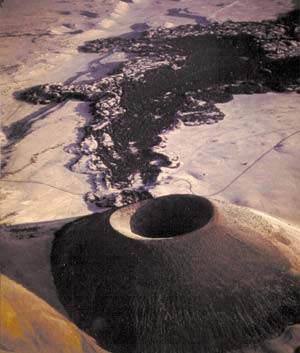
The United States National Geodetic Survey lists 28 volcanic craters in the state of Arizona.

The United States National Geodetic Survey lists 28 volcanic craters in the state of Arizona.


Located just northeast of the town of Clifton, Arizona, this dormant cinder cone volcano and crater is easily visible from the town and In the satellite view of Google Maps. The area is still geologically active, with several hot springs in the area.
{{cite journal}}: Cite journal requires |journal= (help)